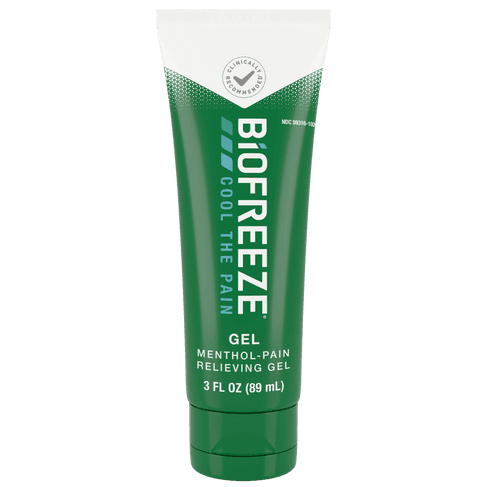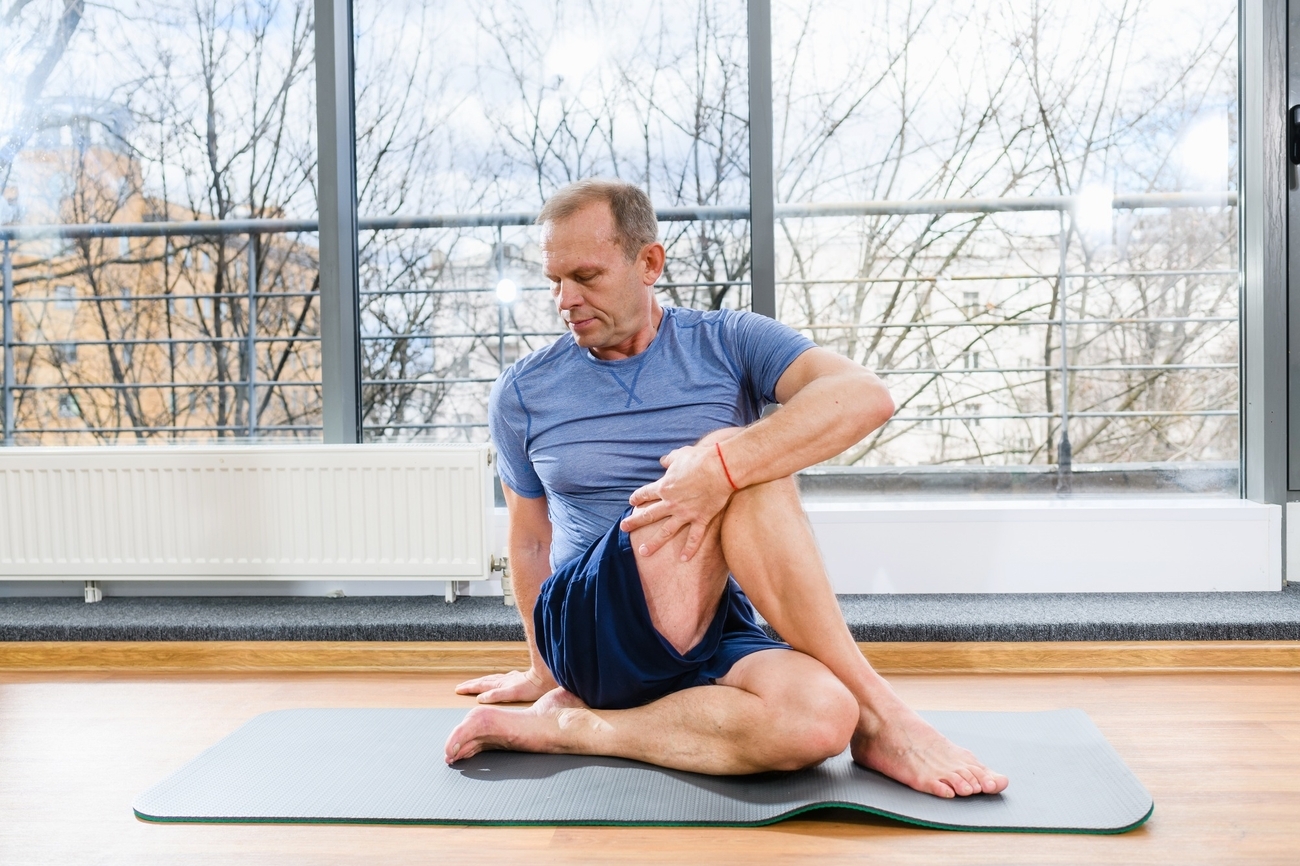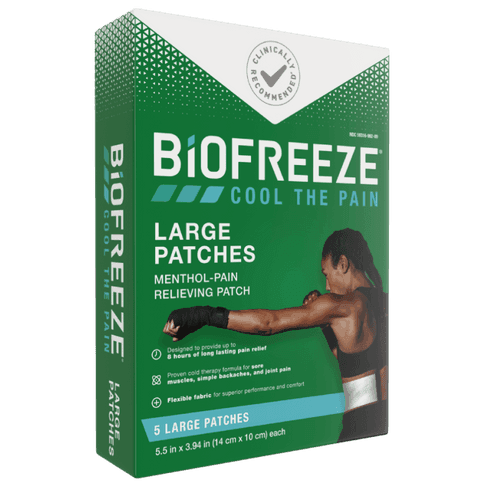Easy Application
Easily Covers Small & Large Areas
Targeted Relief

This article has been medically reviewed for accuracy
The most common causes of upper back pain are very similar to those of lower back pain--muscle strain, overuse, and injury.
Upper back pain is a dull or sharp pain located anywhere from the mid-to-upper back to the base of the neck.1
The centre of your upper and middle back, known as the thoracic spine, supports the chest and facilitates abdominal functions.1 This is also where your rib cage sits, which protects vital internal organs including the lungs and heart.
However, in many mild cases, upper back pain may simply be the result of muscle strain or injury.
What causes lower back pain and how to treat and relieve it
The Common Causes of Neck Pain and How to Treat Them
Poor posture affects the entire back, from the lower back all the way to the base of the neck. Poor posture in the upper back, or a prolonged period with your head pushed forward2, such as looking down at your phone for hours, forces your upper back muscles to work harder to support body weight. This can lead to muscle strain and upper back pain.2
Working out at an intensity (and/or frequency) that is beyond your physical comfort zone can lead to overexertion of the muscles and muscle soreness.
Using a menthol-based topical product like Biofreeze Large Patches on the upper back can provide pain relief for your sore muscles.3
An impact injury to the upper back, such as a fall, a sports injury, or a sprain, may leave you with a stiff upper back or remnant upper back pain, such as an upper back muscle strain.
Fortunately, there are various treatment options, and you can read more about these later in the article.
One of the more common upper back pain causes in people is often due to the build-up of stress on the tissues and muscular tension over time.4
The location and symptoms of upper back pain can present differently in everyone.
Below are some common symptoms of upper back pain5 you might recognize:
Seven Ways to Treat and Relieve Lower Back Pain
It can take a while before upper back pain starts to really affect your quality of life, so you might be inclined to delay treatment. The truth is, the sooner you look to treat the pain, the better. This will minimize any possibility of long-term damage or complications. So don’t delay.
There are a lot of easily accessible treatment options at your disposal.
For lower back pain relief options, see.
There are a few over-the-counter medication treatments that can provide upper back pain relief. Some of the top OTC treatment options available include painkillers (NSAIDs) and topical analgesics—both of which may be useful alongside more holistic pain treatment options.
NSAIDs (Non-Steroidal Anti-Inflammatory Drugs) act to block enzymes associated with the production of pain and inflammation at injury sites.6
Topical pain relief products, such as Biofreeze’s pain relief products, for example, contain an active ingredient of menthol, which provides has been proven to provide joint and muscle pain relief3.
A few Biofreeze options that can help relieve pain in the upper back include:
These options are great for covering large surface areas like the upper back.
Biofreeze Roll-On is great for targeting the shoulders, while Biofreeze Spray is great for getting those hard-to-reach areas, including the middle-back and neck.
What Is Cold Therapy and Does it Have Any Benefits?
Cold and heat therapy are common treatment options for muscle pain. If you’re experiencing any upper back pain symptoms due to muscle strain or sore muscles, cold therapy and heat therapy are great options.
Should I Use Heat or Ice on Muscle Pain?
Biofreeze’s menthol-based topical products use cold therapy to provide pain relief associated with muscle strains and simple backache.7
Another treatment option for upper back pain is massage therapy—particularly acupressure.
Acupressure involves the use of hands (fingers and palms), elbows, and even feet to apply pressure to different points on the body, releasing tension and pain.
You can choose to focus on specifically the upper body during your massage session to relieve upper back pain. Massage therapy is a great self-care method, but it can get very pricey if you want to go often.
Avoid overexerting your back muscles to prevent upper back pain. If you’re working out too hard, you might experience delayed onset muscle soreness (DOMS)--of which symptoms include muscle tenderness8 and debilitating pain.
This level of muscle soreness can put you out of the gym, or even out of work. Train at the right frequency and intensity for you.
Don't stay glued to your computer or phone for long periods without taking breaks, getting up, and stretching. Even if you tend to scroll for hours, as many of us do these days, getting up periodically forces you to reset your position, which can prevent back pain becoming a problem.
If you’re experiencing any upper back tightness, moving around and stretching gently might help release any stored tension in the upper back.
Easy Application
Easily Covers Small & Large Areas
Targeted Relief
Mess-Free Application
Easily Covers Small & Large Areas
Long Lasting
If you’ve tried resolving your upper back pain with any of the above treatment options but your pain persists or worsens, reach out to your healthcare provider. They can help you determine the cause of your pain, as well as figure out the right pain remedy for you.
This article has been medically reviewed for accuracy



Easy Application
Easily Covers Small & Large Areas
Targeted Relief
Mess-Free Application
Easily Covers Small & Large Areas
Long Lasting
